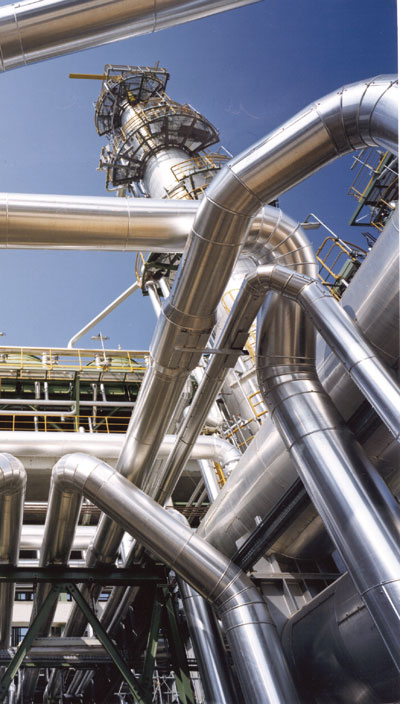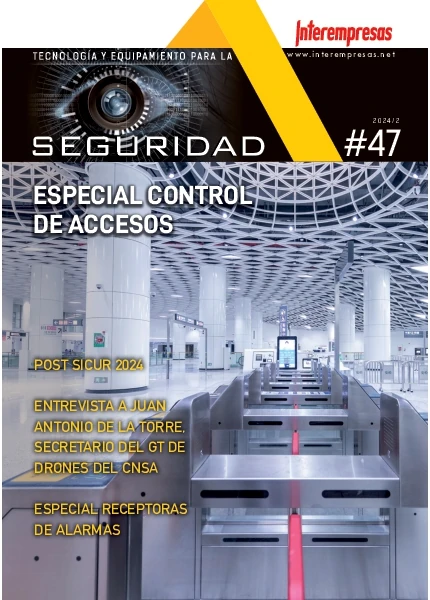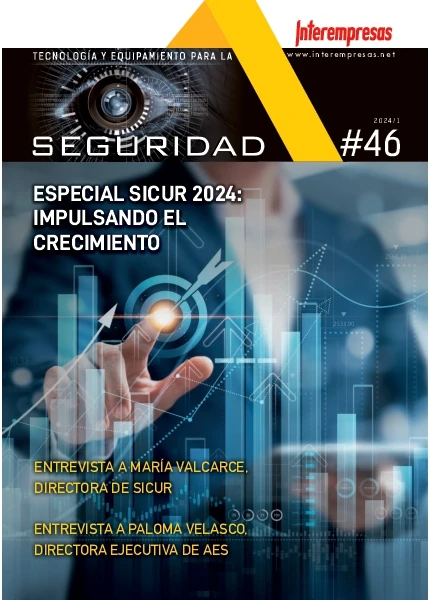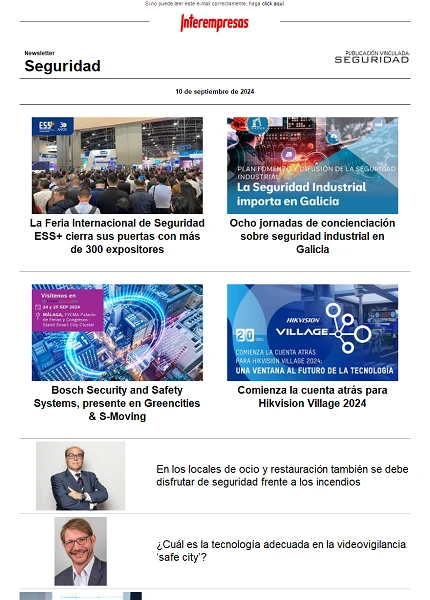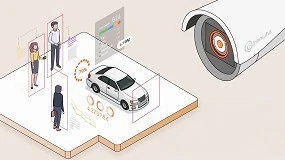New elements for the design of equipment and the security of the processes
If until now the design criteria were based on needs that demanded the productive process itself (need a certain mechanical strength to achieve a certain level of pressure and temperature), increasingly becomes more necessary to also have needs that will arise at the time that workers must undertake its tasks in such environment.
This need has been not only due to legal requirements in this respect, but also from the business commitment and of society itself, demanded by every day with greater force and advocate a comprehensive management of the safety and risksdoing more participants to the people.
In relation to the legal pressure, already Act 31/1995 of occupational risk prevention establishes the need to avoid the risks from the origin, which translated to the level of equipment and processes is going to designthe parameters and variables that will define the concept of the plant. In addition to this mention, also clearly states the need to take into account the future use from the design stage, which once more obliged to take into account workers who operate and maintain facilities. These obligations have been reinforced by the emergence of new regulations related safety in the use of chemicals and the environment, which they link to uses of substances and affect the industry fully.
On the other hand, high automation of processes has had a dual effect on the security thereof, has served to facilitate the automatic control of the key parameters for security, but it has also meant an increase of the variables that must control panel operatorspast elements and keys in the operation of automatic systems. For this reason, they will also be key factors that must be taken into account in the design of systems of control of process as a whole.
Industrial hygiene: management versus measurement
The traditional process in the management of the risks associated with chemical agents had followed the diagnóstico-intervención order, i.e., first measurements were performed to determine the levels of exposure of workers and, on the basis of the resultsdecided the following actions (new measures, intervention in the equipment of the process, etc.). This traditional order has been displaced by a new approach that first of all, on the basis of the knowledge of the process, control measures are taken to eliminate the existing risk factors, and subsequently, assessments are performed to verify whether the measures taken have been appropriate and are sufficient to achieve a level of acceptable exposure.
There are several reasons for this new approach:
√ In the first place, is known as the time needed to make the measurements and obtain and analyze the results it is not small, so if it is expected to make the measurements in the first place will be delaying actionwhich can be detrimental to the health of workers.
√ On the other hand, the cost involving measurements can be done to decrease investment in control measures we probably already knew that it was necessary to put in place.
√ once taken control measures, will continue to be necessary to measure, which will mean a new disbursement.
√ The greater are the levels of risk, the greater the frequency of periodic action to be performed, situation that it is possible to correct previous measures are taken to reduce the levels of risk.
√ In installations with a large number of chemical agents, the strategy that should be developed to perform measurements is usually very complicated and can not meet the demand for information in the short term.
√ No are rare cases of substances without an environmental limit value defined (case for example of the active ingredients of the pharmaceutical industry) in which the traditional measurement leaves have sense.
√ Finally, there are numerous legal references in which the very existence of risk factors motivates action (Royal decree 374/01 on chemical agents, R.D. 665/97 on carcinogens).
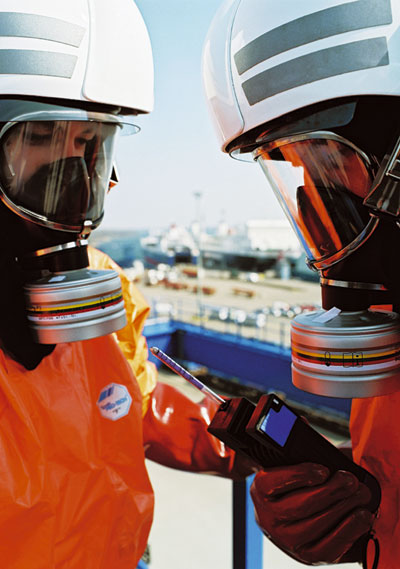
The strategy proposed is the carry out audits of 'industrial hygiene', so the work began with identification of positions and tasks within them with possible exposure to hazardous chemical agents, to then identify exposures. Thus detected situations of risk control measures could be proposed and the first measurements would be designed to verify their validity.
If this approach is applied from the design, logically it will be less expensive and easier to implement the necessary measures and risk situations will therefore be corrected from the origin.
In the case of the new rules on hazardous chemical agents (Reach) this aspect will be particularly important, since the authorisation for each of the uses that consideration is being given to a substance will be conditioned to they are tolerable risks for workersenvironment and/or end users. This will lead undoubtedly to correct certain conditions of use or to its correct design from the origin.
The panelists as a key factor in the security of the automated processes
In today's industry, the process automation has meant a great advance at the level of security and has facilitated the operation of large areas, improving their control. However, all these signs should be monitored and managed from a panel in the control room, and will in any case required the intervention of man to enable the performance of the systems (boot, scheduled stops) or to correct the deviations detected (fault alarms pro)(, emergency situations).
The growing automation of processes has caused a considerable increase of signals that must be met by the panelist in the control room, which is why the question arises of how this control by the Panelist may be safely. I.e. how many signals can be treated and managed properly by each panelist? Figures, accepted by the industrial plants, to limit the number of closed control loops that can correctly handle each panelist and, therefore, to measure the number of control room operators are handled. But, what about the rest of signs that are not closed ties and that it is necessary to meet? In some cases, these signals outweigh those from closed control loops, so if the number of the latter is within the tolerable range, but the others are excessive, we must have another criterion to determine the number of panelists and to ensure the safety of the process.
In this case arises the need to assess the human component of the automatic control of processes: we are a clear case of assessment of psychosocial factors; in particular, an assessment of the tasks of the panelist. The burden of work, the fear of error, the difficulty of the tasks assigned to the Panelist and other factors of influencing the behavior more than the allowable values, can produce a situation of inadequate response to the signals and, as a result of failure of the safety of the process.
In these cases, intends to carry out a study that combines subjective evaluations and objective of the tasks that should be the panelist in different situations (normal operation, outbursts, Brown emergencies, etc.). These assessments will shape the study which will analyse the mental burden, there will be an analysis of human reliability and measured the ratios of runtime tasks.
Thus cover a more, key variable of the safety of the process, not sufficiently analysed so far. In the same way that in the previous case, it is desirable that from the design of the future plant or control room are taken into account these factors.
A new approach
The two made approaches reveal the need to adopt a new approach in addressing the prevention of occupational risks in the industry:
√ Prevention of risks from the design as guarantee of absence of subsequent problems and, therefore, as cost savings.
√ Audits of industrial hygiene to streamline the management of the risk for exposure to chemical agents and, as a result, in order to obtain more advantageous conditions of use.
√ Consideration of the human factor in security of the process variables.
